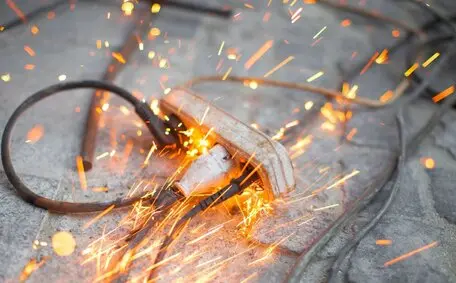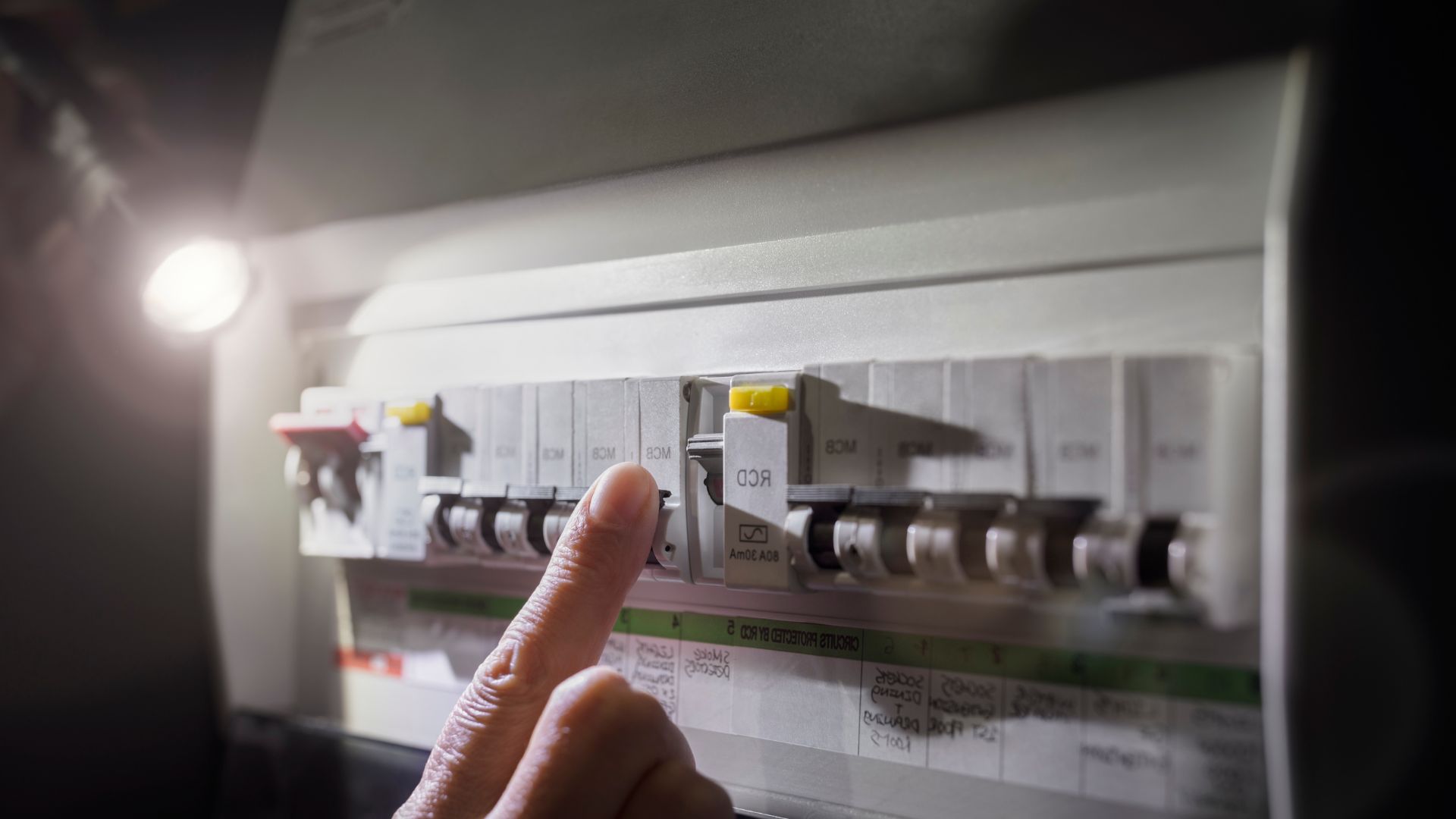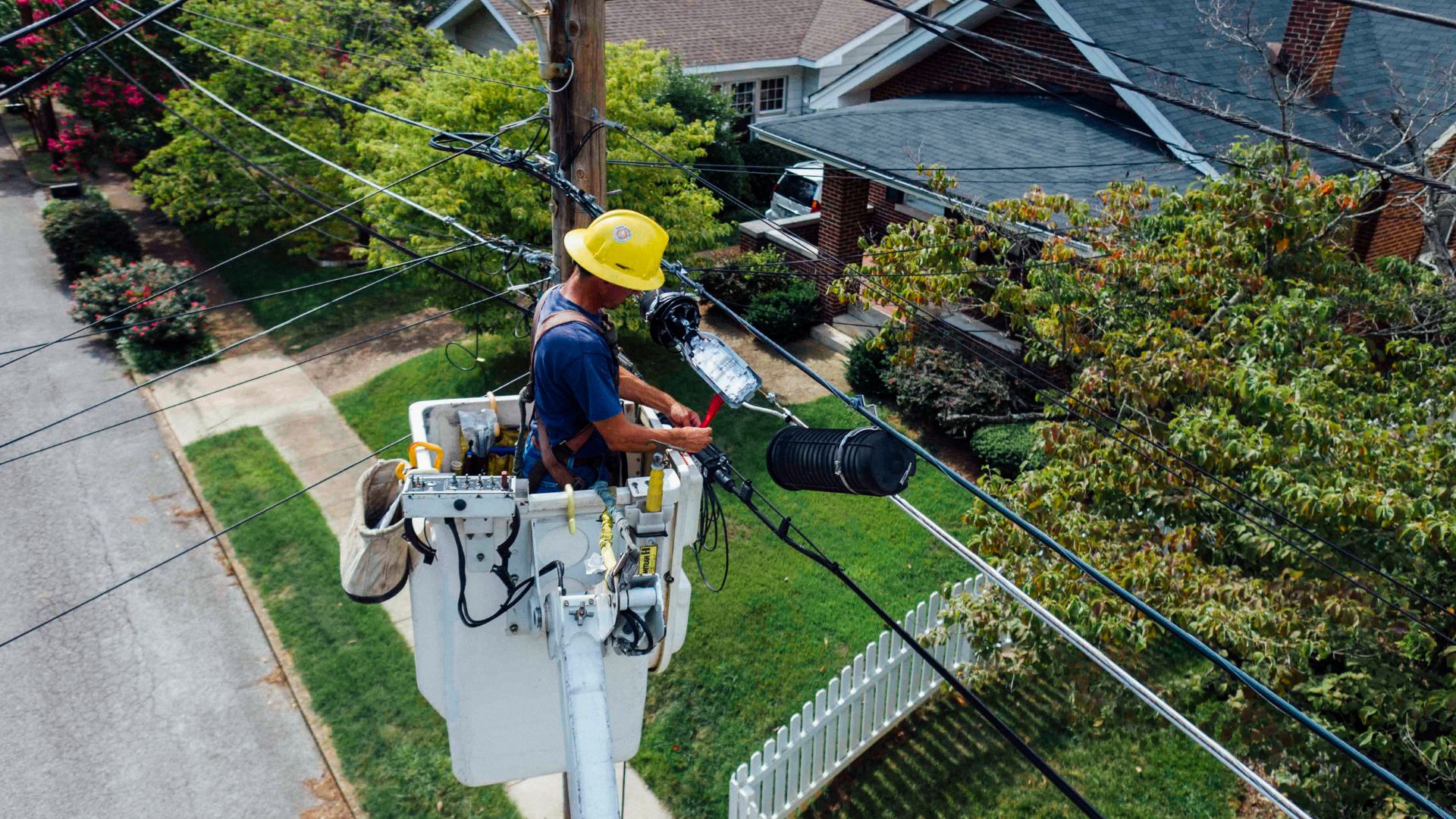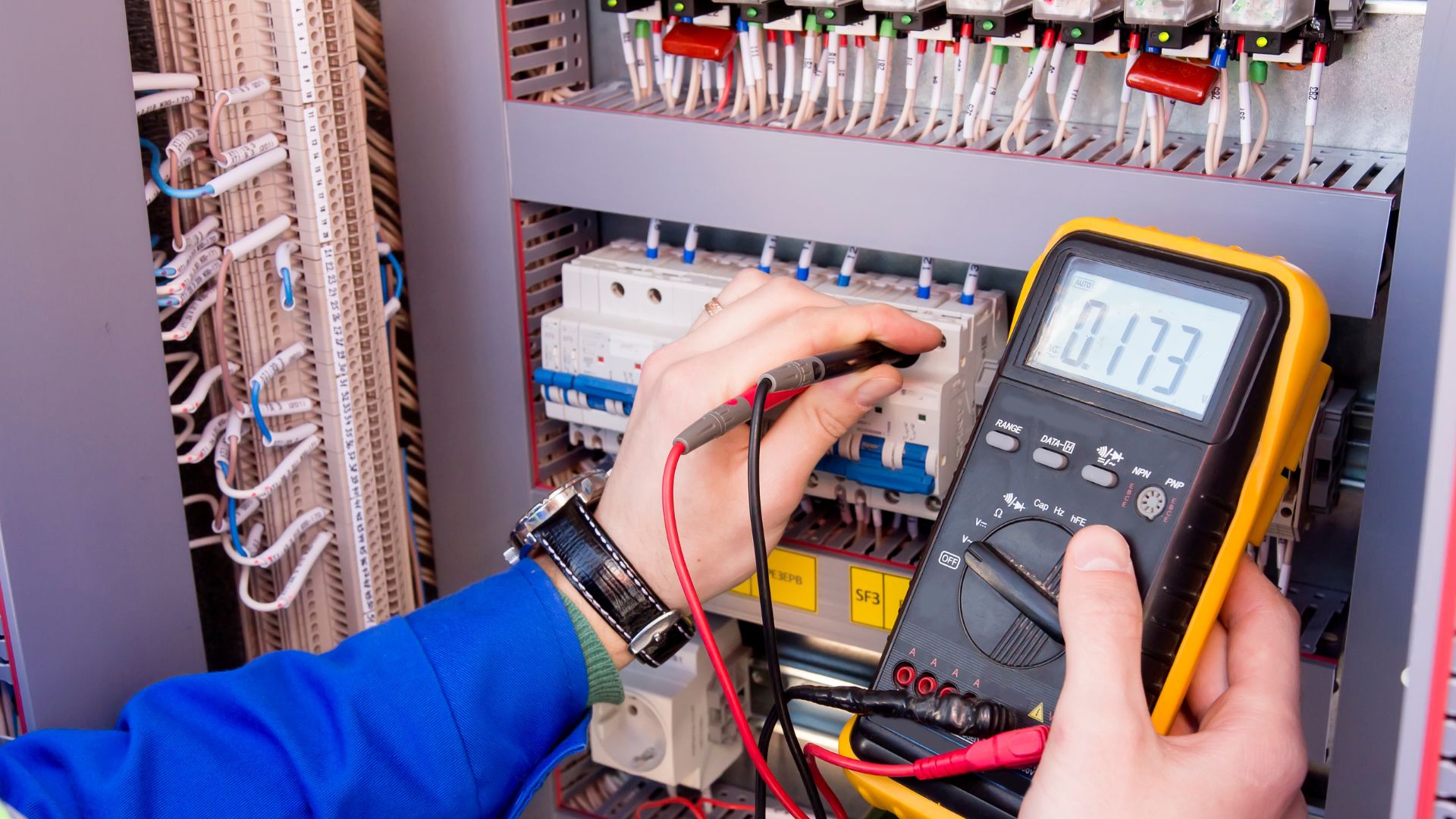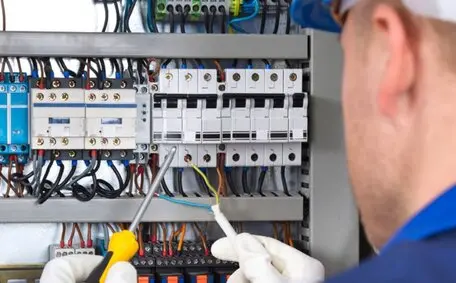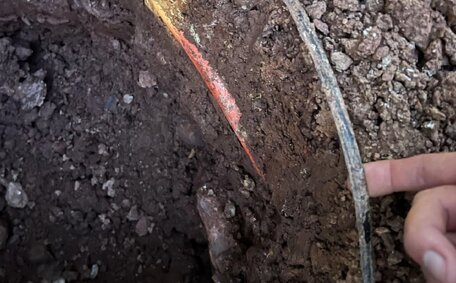Electrical faults are responsible for more than 40 per cent of residential fires across Australia, according to Fire and Rescue NSW. These aren’t rare freak accidents—they’re often the result of neglect, worn-out systems, or a complete lack of routine maintenance. And the worst part? Most of them could have been prevented.
When electrical systems are left unchecked, small issues can quickly become major hazards, risking not just property damage but serious injury or worse. The solution isn’t complicated. Proactive electrical maintenance is one of the most effective ways to catch faults early, extend the life of your system, and avoid costly emergency callouts.
Our guide unpacks the most common causes of electrical emergencies and outlines simple, preventative steps for homes and businesses. Whether you’re a homeowner or run a busy commercial site, understanding how to keep your system in check could be the difference between peace of mind and a disaster waiting to happen.
What Is an Electrical Emergency?
An electrical emergency is any unexpected fault in your electrical system that poses an immediate risk to safety or disrupts daily life. These emergencies can take many forms, such as sudden power outages, burning smells near outlets, sparking sockets, exposed wires, or overloaded circuits that frequently trip breakers.
The danger lies not just in inconvenience but in the potential consequences. Electrical emergencies can cause fires, damage appliances, ruin property, and in extreme cases, lead to electrocution or fatal accidents. A fault could mean operational downtime, lost revenue, and business safety violations.
Recognising these issues as emergencies is critical. Acting fast can reduce the fallout, but preventing them entirely through regular maintenance is where real peace of mind begins.
![Electrical Emergency Power Outage Electrical Emergency Power Outage]()
Common Causes of Electrical Emergencies
Electrical emergencies rarely happen without warning—they’re usually the result of ongoing issues that go unchecked. Knowing what triggers these problems helps you stay one step ahead. Below are the most common culprits:
- Ageing Wiring and Outdated Switchboards
Older properties often rely on electrical systems that don’t meet modern demands. Brittle insulation, worn cables and outdated fuse boxes can fail without notice. - Overloaded Circuits
Plugging too many devices into a single outlet or circuit can overheat wiring and trip breakers, especially in households packed with tech or appliances. - Faulty or DIY Electrical Work
Non-compliant installations or makeshift fixes pose serious risks. Unlicensed work may also void warranties or breach safety regulations. - Neglected Maintenance and Warning Signs
Flickering lights, hot outlets, or buzzing noises indicate something’s wrong. Ignoring these red flags allows minor faults to snowball. - Moisture and Pests
Damp areas or rodent activity can damage wiring insulation, increasing the chance of short circuits or fires. - Insurance Implications
If an emergency stems from poor maintenance or non-compliant wiring, your insurance claim could be denied, leaving you to foot the entire bill.
Signs You’re Headed for Trouble
Electrical emergencies don’t usually appear out of the blue because they tend to send out warning signs first. Spotting and addressing these early indicators can stop a disaster in its tracks.
- Flickering Lights or Constant Bulb Blowouts
Lights that dim or flicker regularly may point to loose wiring or circuit overload. - Warm or Buzzing Power Points
Outlets that feel hot or emit a buzzing sound signal overheating or loose internal connections. - Burning Odours
A sharp, burning smell near outlets or appliances is a serious red flag and could indicate melting wires behind the wall. - Frequent Tripped Circuit Breakers
Breakers that constantly trip try to tell you something—usually that the circuits are overloaded or faulty. - Power Surges and Socket Discolouration
Sudden surges and visible burn marks around outlets suggest a fault that needs urgent inspection.
These signs might seem minor at first glance, but ignoring them risks your safety and property. Taking action early is always the smarter move.
What Is Proactive Electrical Maintenance?
Proactive electrical maintenance is a scheduled approach to keeping your electrical system safe, efficient, and compliant. Instead of waiting for something to go wrong, it involves routine inspections and servicing by a licensed electrician.
These checks typically covertesting safety switches (RCDs), tightening loose connections, cleaning switchboards, replacing worn components, and ensuring all systems meet current standards. It’s not about fixing problems after they occur. It’s about preventing them from happening in the first place.
This forward-thinking strategy helps detect faults early, protect equipment, and reduce the risk of fire or electrical failure. Proactive maintenance creates a safety net that keeps residential and commercial properties running smoothly without surprise breakdowns or costly emergency callouts.
Key Maintenance Tasks That Prevent Emergencies
![Level Electrical Emergency Level Electrical Emergency]()
Preventative maintenance isn’t just about ticking boxes—it’s about creating a reliable, safe electrical environment that won’t disappoint you when it matters most. Here are essential tasks that should form the core of any solid electrical maintenance routine:
- Annual Safety Inspections
A licensed electrician should assess your switchboard, wiring, and circuits at least once a year to detect wear and tear or compliance issues. - Regular RCD Testing
Safety switches are your first line of defence. They must be tested frequently to ensure they’ll trip in time during a fault. - Appliance Condition Checks
Frayed cords, overheating plugs, or discoloured sockets can all indicate dangerous faults. They should be inspected and replaced where necessary. - Smoke Alarms and Emergency Lighting
These systems are often neglected but critical during an emergency. Batteries, sensors, and globes should be checked routinely. - Thermographic Scanning for Commercial Switchboards
For businesses, thermal imaging helps detect overloaded circuits and overheating components before they fail. - Cleaning and Pest Control
Dust build-up, moisture, or rodent activity in outlets or fuse boxes can cause shorts and corrosion. Keeping these areas clean is essential. - Record Keeping
Maintain detailed records of all inspections, servicing dates, and upgrades. This ensures accountability and simplifies future maintenance planning.
Always use qualified, licensed electricians to carry out any electrical work. Cutting corners with DIY or unlicensed labour isn’t worth the risk.
Residential vs Commercial Electrical Maintenance Needs
While the core principles of electrical maintenance remain consistent, the needs of residential and commercial properties differ significantly.
Residential
In homes, the focus is on protecting loved ones, preventing appliance damage, and ensuring energy efficiency. Maintenance involves inspecting switchboards, testing RCDs, checking household wiring, and ensuring smoke alarms function correctly. These checks are typically done every one to two years, depending on the property’s age.
Commercial
The stakes are often higher in commercial settings. Electrical faults can bring operations to a halt, damage critical equipment, and lead to costly downtime or compliance breaches. Due to the higher power demands, businesses must consider more frequent inspections, thermographic scanning, emergency lighting checks, and load testing.
Both environments share a common goal—safety and reliability—but businesses often require more robust, scheduled service plans to meet Australian Standards and workplace safety regulations. Tailored maintenance plans ensure systems stay compliant and operational all year round.
Financial Benefits of Regular Maintenance
Investing in proactive electrical maintenance doesn’t just protect your safety—it makes financial sense too. Here’s how staying on top of maintenance pays off:
- Avoid Emergency Costs
Scheduled servicing helps prevent expensive emergency call-out fees and major repair jobs. - Improve Energy Efficiency
Well-maintained systems use less power, keeping electricity bills lower month after month. - Extend Equipment Lifespan
Regular checks keep appliances and wiring in better condition, reducing the need for early replacements. - Protect Property Value
A safe, compliant electrical system can increase the resale value of a home or commercial premises. - Meet Insurance and Legal Requirements
Some insurers require proof of electrical maintenance. Neglect could result in legal liability for landlords or business owners if an incident occurs.
How Often Should Maintenance Be Done?
The ideal maintenance frequency depends on the property type and how heavily the electrical system is used.
- Homes should be inspected every 1 to 2 years. Older properties or those with high appliance usage may need more frequent checks.
- Commercial properties typically require servicing every 6 to 12 months, in line with Australian Standards AS/NZS 3019, to meet compliance and safety obligations.
- Depending on state regulations, rental properties may have legal requirements for electrical inspections, especially during changes of tenancy or at regular intervals.
Keep in mind that there’s no one-size-fits-all approach. A licensed electrician can assess your specific setup and recommend the proper schedule. Staying consistent with inspections ensures both safety and compliance across all property types.
Choosing the Right Electrician for the Job
![Testing For Electrical Emergency Testing Electrical Emergency]()
Not all electricians are created equal, and choosing the right one makes all the difference in long-term safety and reliability.
- Always select a licensed and insured professional—this protects your property and legal obligations.
- Look for electricians with positive reviews and a solid reputation for maintenance and fault prevention.
- Avoid DIY fixes or unlicensed handymen. They may save you a few dollars in the short term, but they pose serious safety and compliance risks.
- Building a long-term relationship with a trusted electrician ensures consistency, better record-keeping, and quicker response when issues arise.
Keep Calm and Stay Connected
Electrical emergencies don’t happen by chance, and they’re usually the result of overlooked warning signs or skipped maintenance. The good news is that they’re often preventable with some planning and a qualified expert on your side.
Proactive maintenance isn’t just a checklist, and it’s a safeguard for your home, business, and the people who rely on your power systems daily. Staying ahead of faults means fewer surprises, lower repair costs, and greater peace of mind.
Modern homes and commercial spaces demand more from electrical systems than ever. From smart appliances to energy-hungry devices, now is the time to ensure your setup is safe, efficient, and built to last.
AtBright Force Electrical, we offer tailored maintenance solutions designed to detect risks early and keep your systems running smoothly. Don’t wait for a fault to shut you down. Contact us today and book your next electrical inspection with a trusted team.
